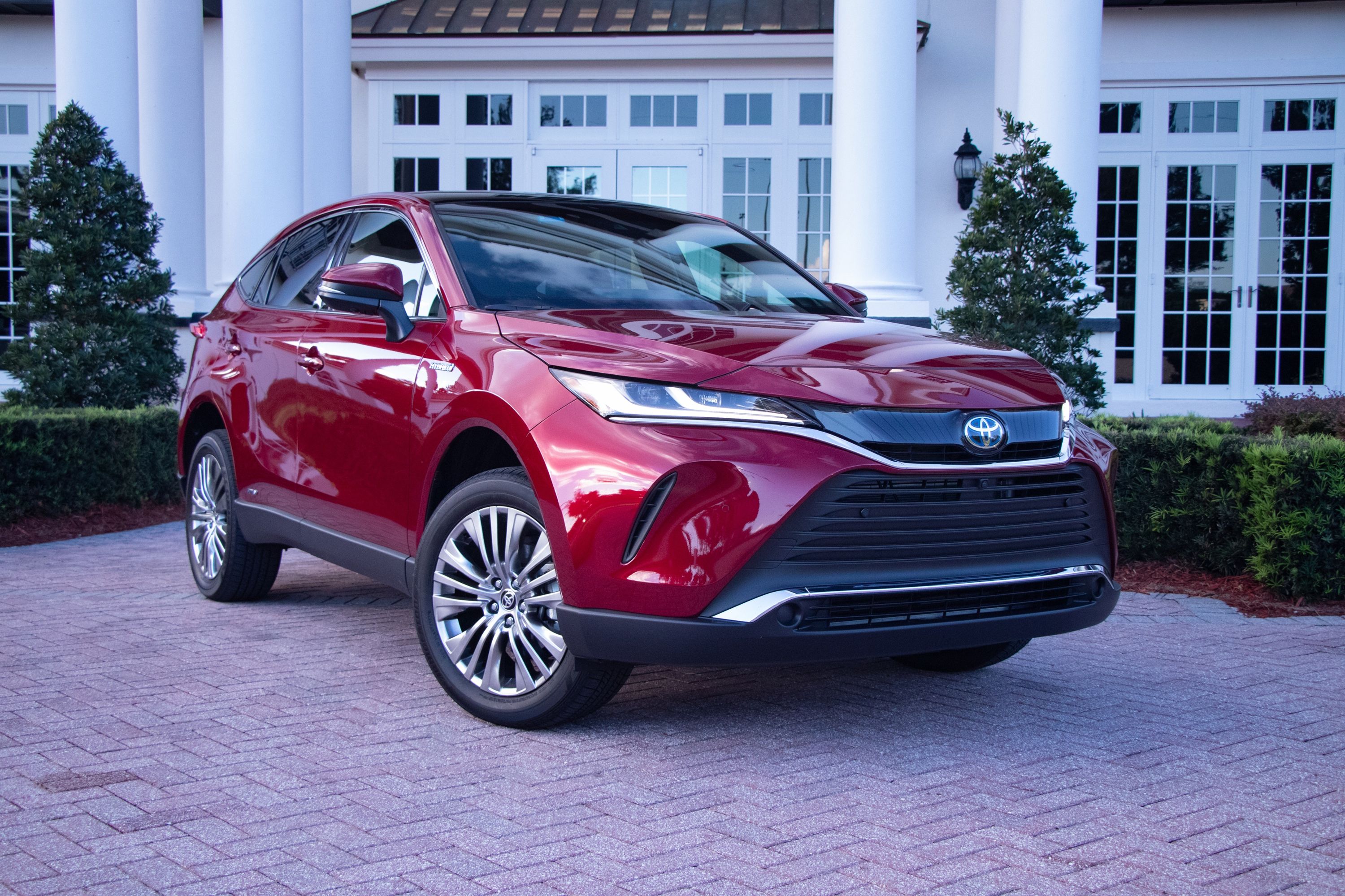
The second-generation Toyota Venza only hit the scene in 2020 and, aside from the introduction of the Nightshade Edition, not much has changed. But news from Japan suggests a rather big update is coming, in the form of a plug-in hybrid engine.
Toyota recently revealed the lightly refreshed Harrier (the Japanese market name for the Venza) and while not much has changed aesthetically, the news of a PHEV powertrain is rather exciting. Like the model available in the USA, the plug-in derivative is powered by a 2.5-liter petrol engine. Thanks to two electric motors (positioned on the front and rear axles) the new Harrier has a combined output of around 302 horsepower - the same as the RAV4 Prime plug-in hybrid.
The engine itself provides 161 lb-ft of torque, which is bolstered by the front motor (199 lb-ft) and the rear motor (89 lb-ft). This setup provides the Harrier PHEV with all-wheel drive and should grant it impressive performance.
Unfortunately, Toyota has not provided additional technical data like gas mileage or electric range, but looking at the rather excellent Toyota RAV4 Prime gives us a few clues. The Venza/Harrier is closely related to the RAV4; both are underpinned by the TNGA-K architecture, for example, both are powered by the same combination of gas and electricity, and both have the same 18.1 kWh battery. Similar packaging and sizing mean it should achieve a similar all-electric range of 42 miles and 38 mpg combined gas mileage.
Does that mean America can look forward to a Venza Prime?
We're not sure about that yet, as Toyota will only release the Harrier PHEV on October 31 for the Japanese market. It would make a lot of sense, though. The RAV4 Prime is a brilliant SUV and melds impressive performance with remarkable economy.
The Venza, with its more upmarket interior and smoother ride, will benefit greatly from more power and superior gas mileage. Currently, the only engine option is a 2.5-liter hybrid powertrain mated to a CVT gearbox. With a total output of 219 hp, it's not exactly fast but it is economical. Toyota claims 39 mpg on the combined cycle. So, a Prime model would bolster appeal and offer more choice.
But would people buy it? The base RAV4 Prime (SE trim) commands $40,300. The range-topping RAV4 Hybrid Limited is $38,075. That makes the PHEV about 5.53% pricier than its regular hybrid counterpart. If we apply the same increase to the $40,730 Venza Limited, we can expect the so-called Venza Prime to start at around $43,000.
At that price point, it won't even encroach on the NX450+, yet another plug-in hybrid SUV that is related to the Venza. The posh Lexus-badged cousin has an MSRP of $57,300.
If Toyota can bring the Venza PHEV to America at around these prices, it would be a fine halfway point between the RAV4 and the aforementioned Lexus. Aside from the electrified trickery under the hood, Toyota Japan has made several minor revisions to the Harrier/Venza.
Locally, the mid- and top-spec models have an analog speedometer and hybrid power meter, supported by a seven-inch digital display. The new Harrier is now available with a digital 12.3-inch TFT display on Z Grade models. Hopefully, this revision makes its way to the USA.
Toyota Safety Sense is also standard on the Harrier, and in-vehicle satellite navigation is available via the 12.3-inch touchscreen. Even though this seems like an eco-friendly alternative to many comparable SUVs, some environmental groups think Toyota is not doing enough. Many have critiqued the brand for being unwilling to embrace EVs, but the firm argues that it must cater to a wide array of customers.
